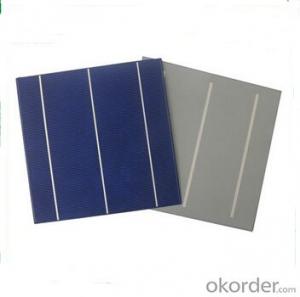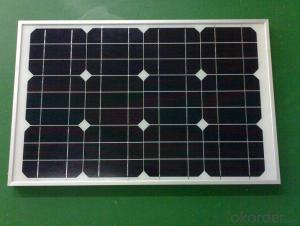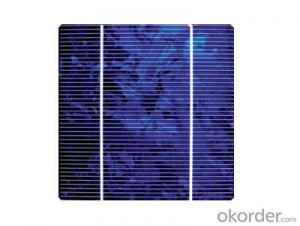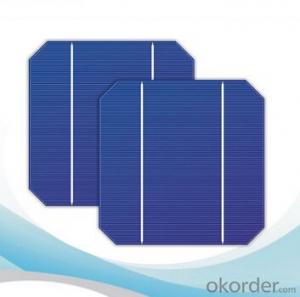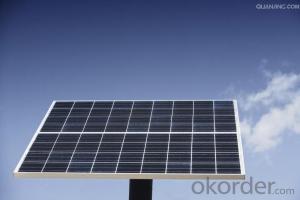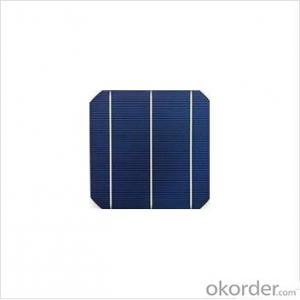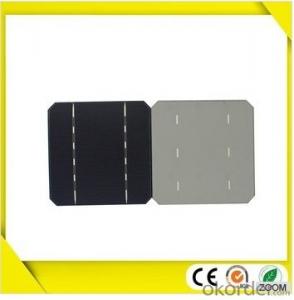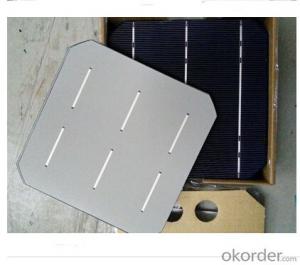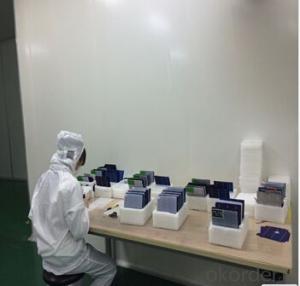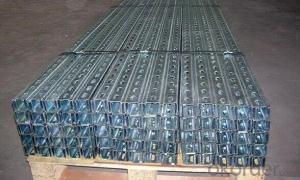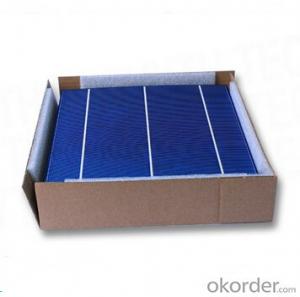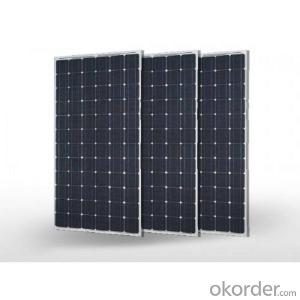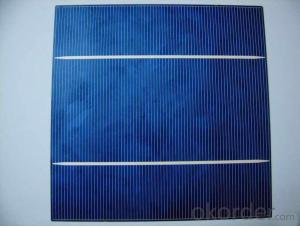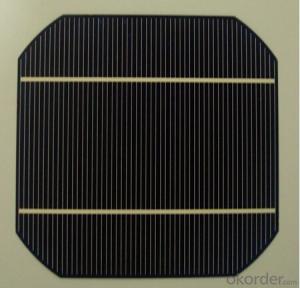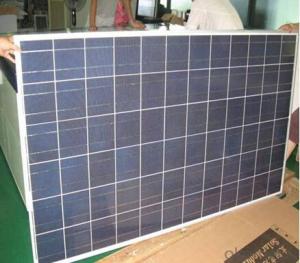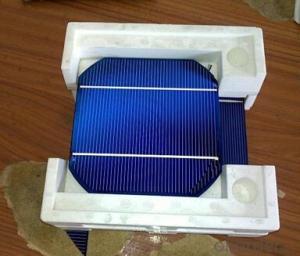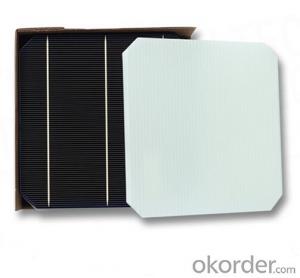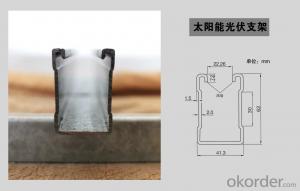Aiko Solar Cells
Aiko Solar Cells Related Searches
Aoshike Solar Cells Amorphous Solar Cells Amorphous Silicon Solar Cells Ibc Solar Cells Agbis2 Solar Cells Axia Solar Q Cells Avorion Solar Cells Nano Solar Cells American Made Solar Cells Iii V Solar Cells Affordable Solar Cells Azur Solar Cells Csiro Printed Solar Cells Bio Solar Cells Hobby Solar Cells Aerospace Solar Cells Buy Solar Cells Floating Solar Cells Organic Solar Cells Free Solar Cells High Quality Solar Cells 1st Generation Solar Cells Better Solar Cells Cheap Solar Cells Crystalline Solar Cells Low Cost Solar Cells 3d Solar Cells Algae Solar Cells High Performance Solar Cells 3 5 Solar CellsAiko Solar Cells Supplier & Manufacturer from China
Aiko Solar Cells, a leading brand in the renewable energy sector, offers a wide range of high-quality solar panels and related products. These products are designed to harness the power of the sun and convert it into usable electricity, making them an ideal solution for both residential and commercial applications. The company's solar panels are known for their efficiency, durability, and ability to withstand various weather conditions, making them a popular choice for those looking to reduce their carbon footprint and save on energy costs.Aiko Solar Cells are widely used in various settings, such as homes, businesses, and even large-scale solar farms. They can be installed on rooftops, ground mounts, or integrated into building structures, providing a versatile and sustainable energy solution. These solar panels are particularly beneficial in areas with abundant sunlight, as they can generate a significant amount of clean energy to power homes and businesses while reducing reliance on fossil fuels. Additionally, the use of Aiko Solar Cells can lead to substantial savings on electricity bills and even provide a source of income through government incentives and feed-in tariffs.
Okorder.com is a reputable wholesale supplier of Aiko Solar Cells, boasting a large inventory that caters to the diverse needs of customers worldwide. As a trusted distributor, Okorder.com ensures that customers receive top-quality products at competitive prices, along with excellent customer service and support. By partnering with Aiko Solar Cells, Okorder.com is committed to promoting sustainable energy solutions and helping customers transition to a greener, more eco-friendly way of life.
Hot Products
